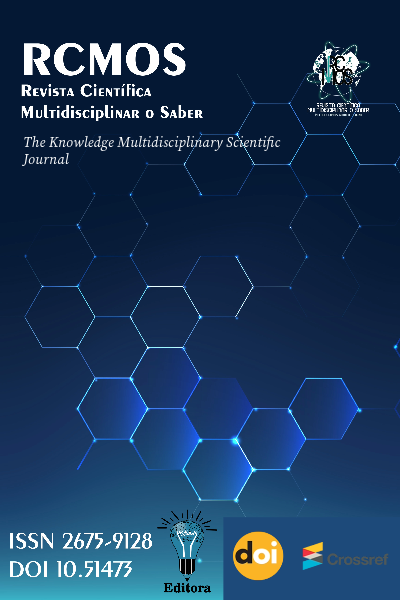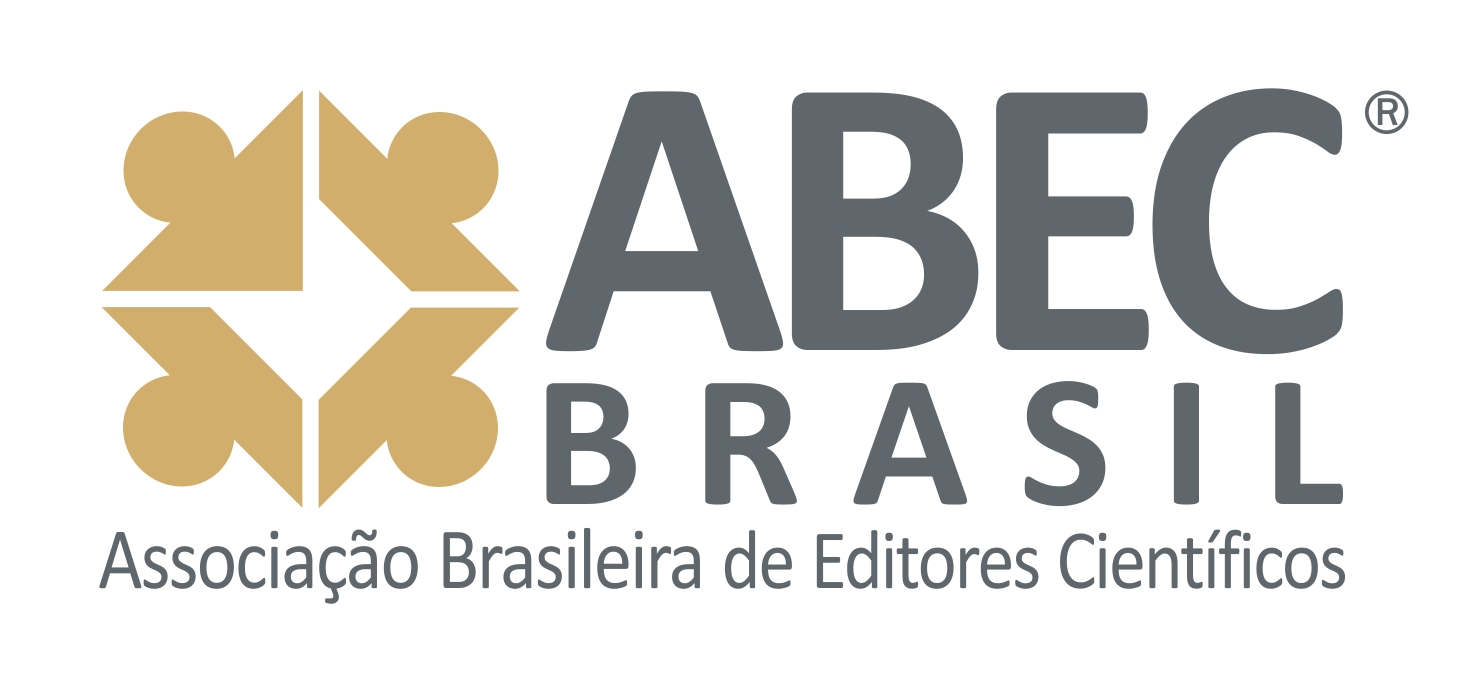Robotic Automation and Advanced Welding as Vectors of Industrial Competitiveness
Robotic Automation and Advanced Welding as Vectors of Industrial Competitiveness
DOI:
https://doi.org/10.51473/rcmos.v1i1.2022.1486Keywords:
Robotic Automation; Advanced Welding; Industrial Competitiveness; Productivity; Industry 4.0.Abstract
The growing globalization of markets, the evolution of production chains, and the relentless pursuit of efficiency place robotic automation and advanced welding processes at the heart of 21st-century industrial strategies. This article analyzes how these technologies act as drivers of competitiveness, transforming production paradigms and establishing new benchmarks for quality, cost, and flexibility. The integration of multi-brand robotic systems, combined with the use of high-precision welding techniques such as laser, controlled MIG/MAG, and hybrid processes, redefines not only operational performance but also the very logic of companies' entry into global markets. Through a literature review, industrial case studies, and critical analysis, the study demonstrates that the incorporation of these tools constitutes not only a response to current demands but also a sine qua non for the survival of companies in highly competitive sectors such as automotive, metallurgy, and aerospace.
Downloads
References
IFR – International Federation of Robotics. World Robotics Report 2020. Frankfurt: IFR, 2020.
LIPPOLD, J. C. Welding Metallurgy and Weldability. Hoboken: Wiley, 2015. DOI: https://doi.org/10.1002/9781118960332
McKINSEY & COMPANY. The Future of Work in Advanced Manufacturing. New York: McKinsey, 2020.
MESSLER, R. W. Joining of Materials and Structures: From Pragmatic Process to Enabling Technology. Amsterdam: Elsevier, 2016.
OECD. Productivity and Sustainability in the Industry 4.0 Era. Paris: OECD, 2020.
UNCTAD. World Investment Report: Global Value Chains. Geneva: United Nations, 2019.
Downloads
Published
Issue
Section
Categories
License
Copyright (c) 2022 Renato Becker (Autor)

This work is licensed under a Creative Commons Attribution 4.0 International License.












